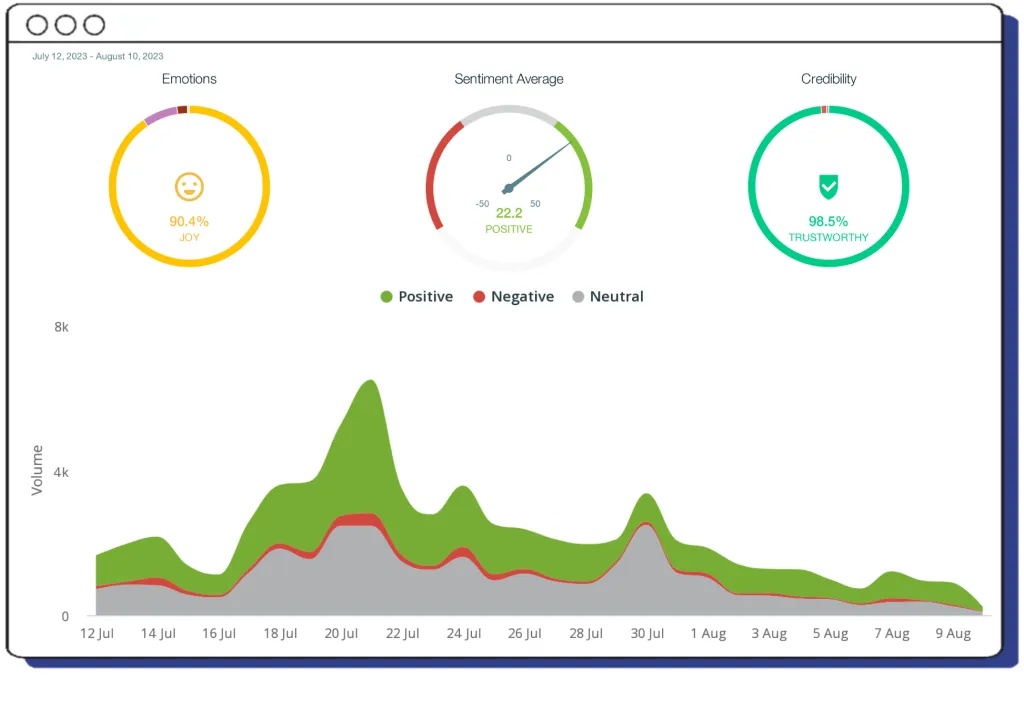In an era where social media permeates nearly every aspect of our lives, understanding its impact on collective mental health has become increasingly critical. A groundbreaking study published in the open-access journal “PLOS ONE” introduces the Social Stress Indicator (SSI), a computational tool designed to quantify social stress in real time. Led by Herkulaas Combrink, this research offers a novel approach to measuring the invisible yet palpable stress that ripples through online communities, with potential implications for industries, including energy, where public perception can significantly influence operations and policy.
The SSI integrates three key components: sentiment analysis (SA), subjectivity (SUB), and information-seeking behavior (ISB). By analyzing the tone, emotional content, and frequency of information searches on social media, the SSI aims to provide a snapshot of collective stress levels. To validate its effectiveness, the researchers compared the SSI to an expert-labeled Social Stress Score (SSS), which evaluates sentiment negativity, anxiety expression, engagement, misinformation, and help-seeking behavior.
“Our findings show that the SSI moderately aligns with the SSS, but it tends to underestimate stress levels, especially during high-intensity events,” Combrink explained. This underestimation suggests that the SSI may struggle to capture the full extent of extreme stress, a limitation highlighted by the Bland-Altman analysis, which confirmed a negative bias in the tool’s measurements.
Despite these challenges, the SSI demonstrates predictive power, offering a potential early warning system for stress-related trends. This capability could be invaluable for industries like energy, where public sentiment can sway policy decisions, influence investment, and impact community relations. For instance, understanding social stress levels could help energy companies anticipate public reactions to new projects, regulatory changes, or crisis situations, allowing for more proactive and informed decision-making.
However, the SSI is not without its limitations. The study notes that the tool faces difficulties in detecting surges in misinformation, crisis-driven anxiety, and nuanced social interactions. These gaps underscore the need for further refinement, including enhancing sensitivity to extreme stressors, incorporating adaptive thresholding, and integrating contextual signals like network effects and linguistic nuances.
As the energy sector increasingly relies on data-driven strategies to navigate public perception and regulatory landscapes, tools like the SSI could play a pivotal role. By providing real-time insights into collective stress levels, the SSI could help energy companies tailor their communication strategies, mitigate potential crises, and foster more positive community engagement.
“This research advances infodemic intelligence, with implications for mental health monitoring, policy-making, and digital governance,” Combrink stated. The study’s findings, published in the peer-reviewed journal “PLOS ONE,” open new avenues for understanding and managing the complex interplay between social media and mental health, offering a glimpse into a future where data-driven tools could reshape how industries and governments respond to public sentiment.
While the SSI is still in its early stages, its potential to revolutionize the way we measure and respond to social stress is undeniable. As the tool evolves and incorporates more sophisticated algorithms and contextual data, it could become an indispensable asset for industries seeking to navigate the intricate landscape of public perception and mental health.

